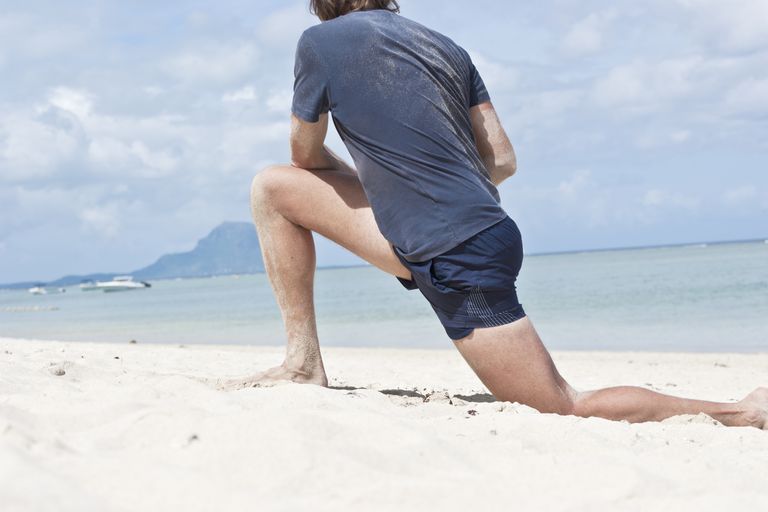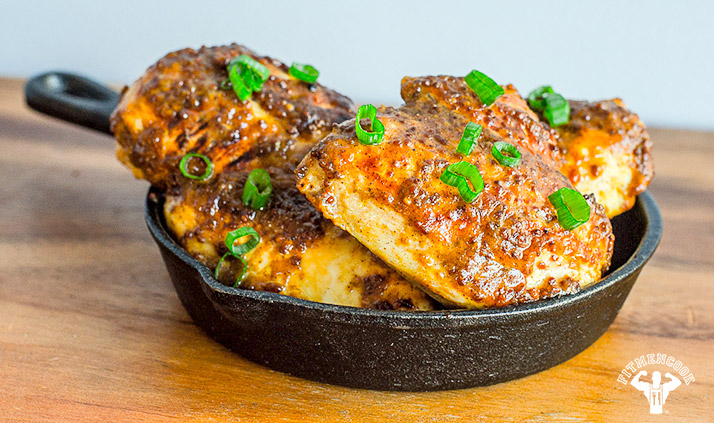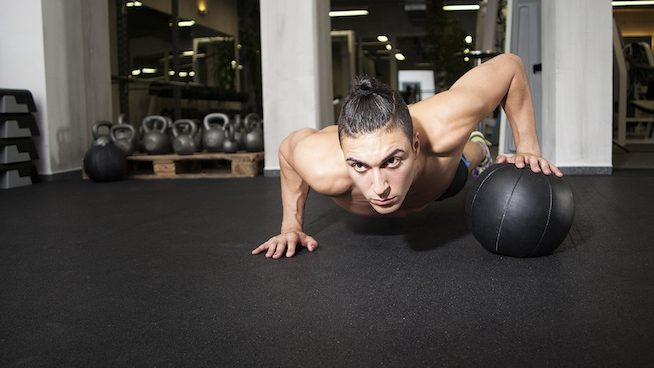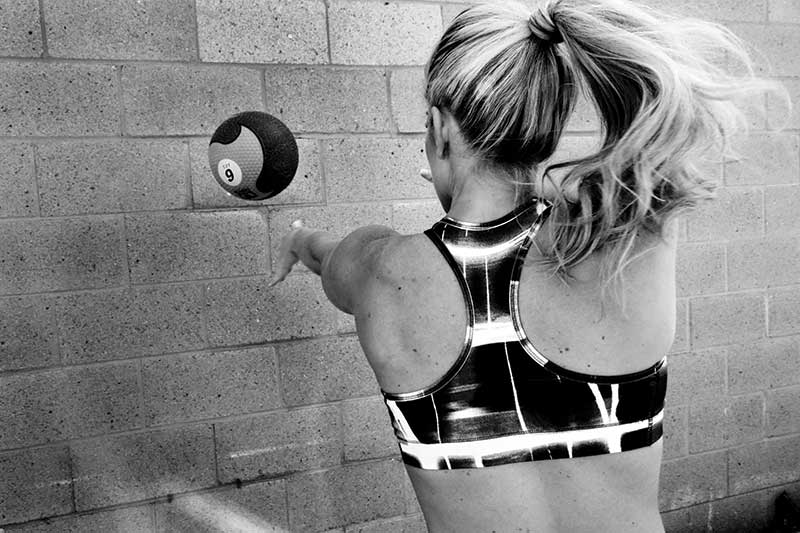An important aspect of your exercise routine, stretching muscles safely can increase flexibility, reduce risk of injury, and provide pain relief associated with exercise. As most aerobic and strength training programs naturally cause muscles to contract and flex, it’s important to balance the workout with lengthening, or stretching, muscles afterward.
Regular stretching after a workout provides various benefits including increased flexibility and better range of motion of your joints. Stretching also increases circulation, sending blood flow to your muscles. Improved posture is also a benefit of stretching, as is stress relief. Finally, stretching maintains the full range of motion through the joints. Coordination and balance help keep you mobile and less prone to injury from falls, especially as you age.
To get started on a moderately difficult routine, you’ll Need: floor mat or rug, comfortable clothes, tennis shoes.
To begin, incline your head forward, roll it from left to right, then right from left. Be careful how far you turn your head. Breathe deeply as you do so. Next, put your arm on your chest and grab the forearm with the opposite arm. Pull the arm until you feel your shoulder being stretched. Push the arm you are stretching the opposite way in order to contract the muscle if you feel your chest is stretching instead of your shoulder.
Extend your arms in front of you. Join both hands together and cross fingers. Push your arms further and try to push your scapulae in opposite directions. Next, lift one arm over your head, bending at the elbow. Hold the elbow with the opposite hand and gently pull your arm. This exercise should create a great stretch along your side. Repeat on the opposite side.
Now, standing upright and tall, pull one leg behind you and hold. Breathe deeply. Then repeat with the other leg. If you are concerned about losing your balance, stand a foot or so from a wall and hold yourself steady with your opposite hand.
For an effective calf stretch, stand a foot or so in front of a wall. Place your arm up against the wall while bringing one leg in towards the wall, while keeping your legs straight. Your body should for a 45-degree angle. Repeat with the other leg.
Next, sitting on the floor, stretch both legs out in front of you. Gently bending at the waist, stretch only as far as your arms will reach. Do not try to necessarily touch your toes. Keep knees flexible. The focus of this exercise is to stretch the muscles in the lower back, thighs and calves. Remember to breathe deeply.
Opening legs into the shape of a “V,” bend slowly toward the right leg. Do not bounce. Then bend toward the left leg.
To stretch the lower back, lay flat on your mat. Fold one leg onto your chest and hold. Remember to breathe. Repeat with the other leg. Then, bring both legs into your chest at the same time and hold.
Now some tips & warnings, don’t bounce. Hold each stretch for at least 30 seconds. If you feel pain during the stretch, back off to the point where you don’t feel pain and then hold the stretch. Don’t hold your breath while stretching. Try to relax.
Stretch both sides of your body so the range of motion is equal on each side. Begin all exercise with light stretching after a warm-up, followed by a thorough stretching after a workout. As you become more flexible, you will be able to breathe more deeply during stretching, allowing your body to relax and achieve a deeper stretch.
Now available for home use to soothe the aches and pains associated with arthritis, psoriasis, tired joints and sore muscles from an active lifestyle. Thousands have benefited from the pain relieving power of these safe, natural, non-prescription treatments.




